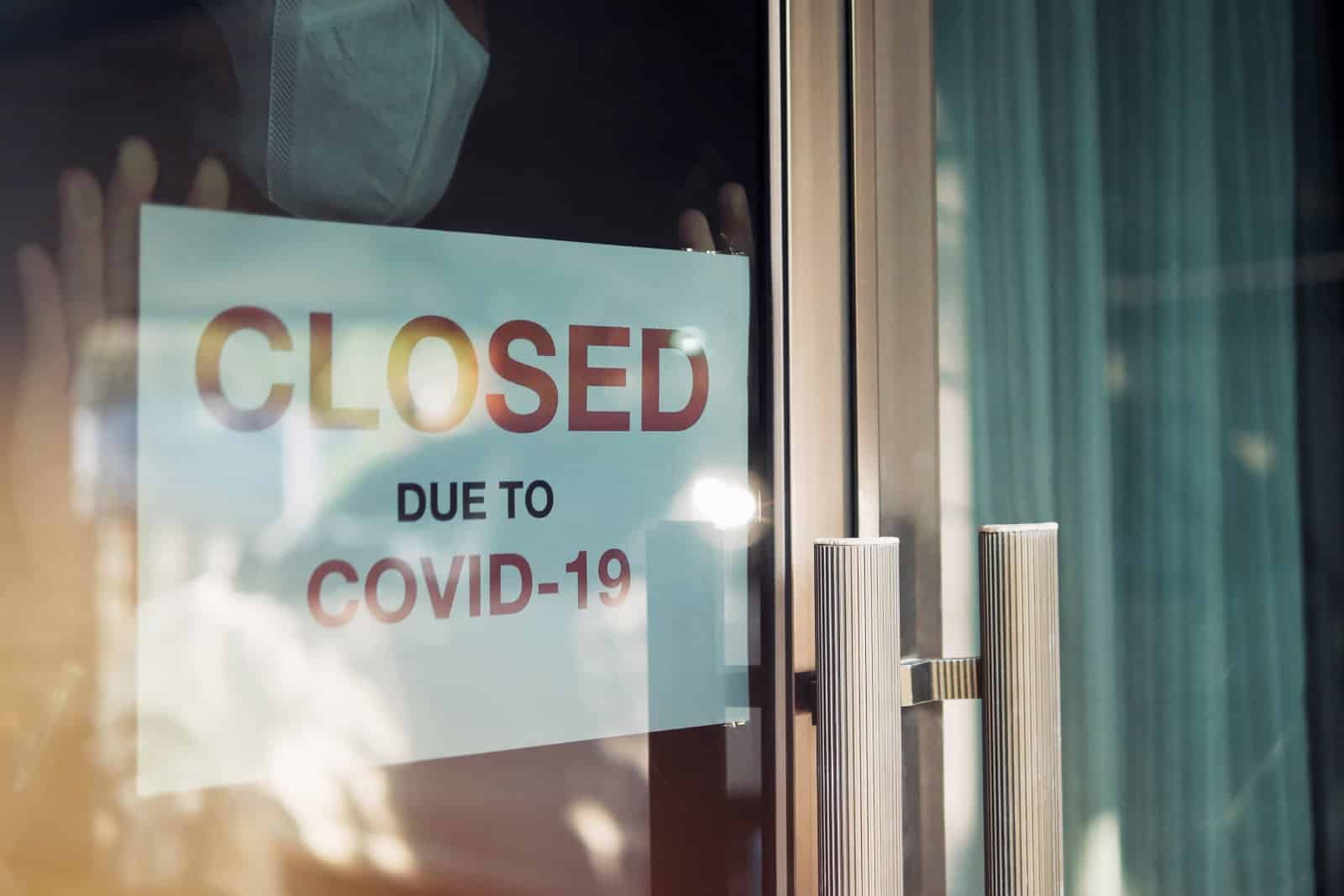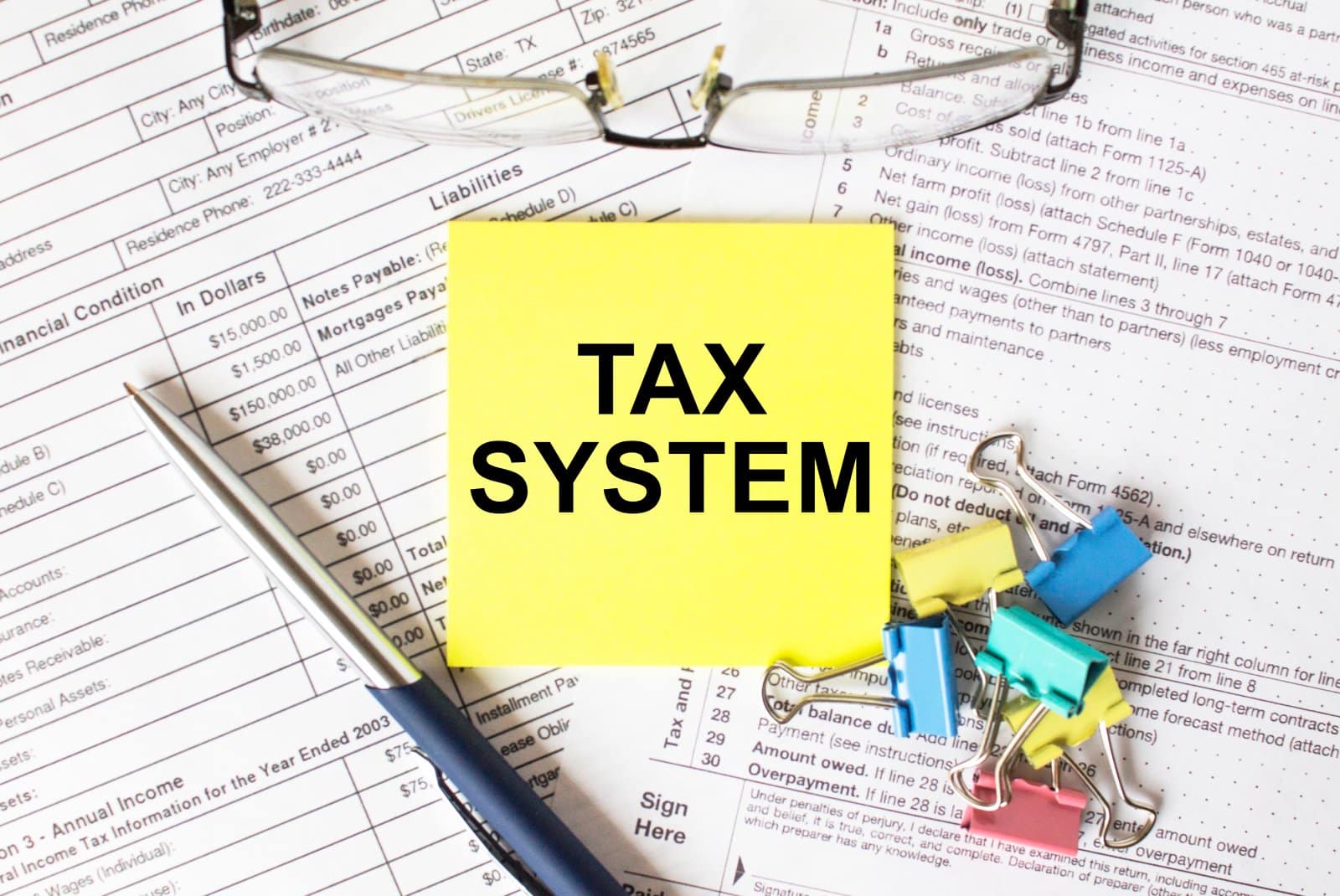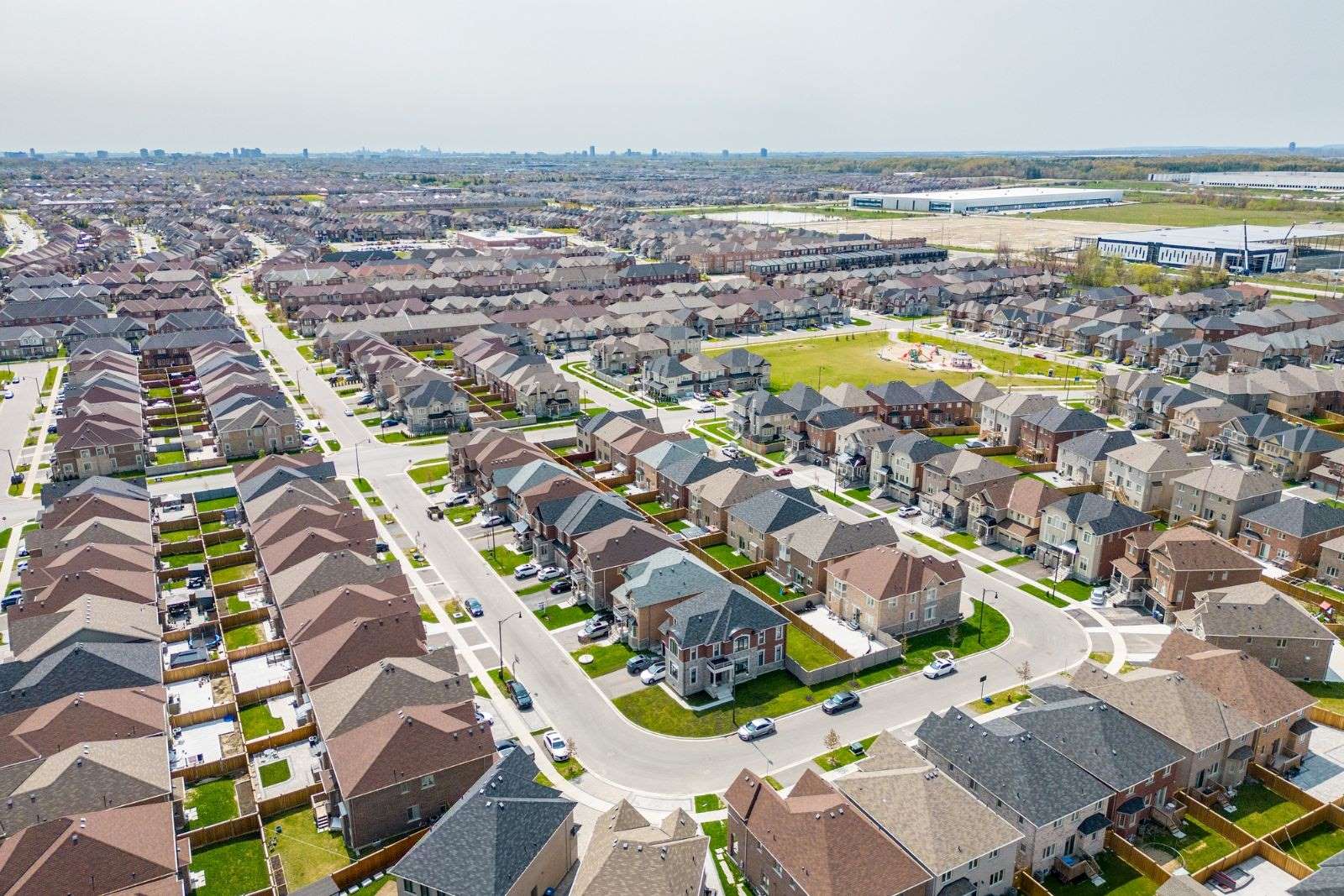Homeowners across the U.S. are getting comfy and staying put in their homes much longer than they used to. This trend is reshaping the housing market, leading to inventory shortages and affecting the affordability of homes across the country.
Extended Stays Becoming the Norm

The average time homeowners spend in their homes has nearly doubled in the past two decades.
Today, the typical homeowner now remains in their residence for almost 12 years, in contrast to just 6.5 years two decades ago.
Impact of the Pandemic

While the pandemic briefly disrupted the upward trend, as people sought out a change of scenery, the overall tendency towards longer homeownership tenure has persisted beyond the pandemic’s peak.
Boomers Set the Pace

The baby boomer generation is a key driver of this trend, with many having lived in their homes for over two decades.
Moreover, their preference to stay put is having significant ramifications for the housing market.
The Housing Market Challenge

As more homeowners opt to stay in their homes longer, the available inventory for sale is dwindling, pushing up home prices and complicating the market for first-time buyers.
Inventory Shortage Worsens

The reluctance of homeowners, especially among the boomer generation, to move is exacerbating the housing inventory shortage and contributing to rising home prices.
Challenges for Younger Generations

The dominance of older homeowners in the market poses challenges for younger individuals looking to purchase homes, pushing some towards new construction or continuing to rent.
Generational Differences

In contrast to boomers, Millennials and Gen Z are more transient. Lifestyle choices and career opportunities are driving different priorities in homeownership compared to previous generations.
The Statistics

Nearly 40% of baby boomers have stayed in their homes for 20 years or more, and younger generations are much more likely to move within a decade.
Financial Incentives to Remain

Many older homeowners have financial reasons to stay put, such as owning their home outright and benefiting from lower costs and tax incentives.
Tax Advantages

Homeowners have an array of tax advantages available to them. For instance, Proposition 13 in California effectively freezes property taxes at the purchase price level, with only minimal allowable increases each year.
This policy significantly reduces the financial incentive to move, as buying a new home could mean facing much higher property taxes.
Double-Edge Sword

Similar tax breaks in other states offer exemptions or deferrals for senior homeowners, making the financial benefits of staying put even more attractive.
These policies, while intended to protect homeowners, particularly the elderly, from rising living costs, also contribute to the lower turnover in housing inventory.
The Equity Factor

Many baby boomers have built up substantial equity in their homes over the decades. With the housing market’s appreciation, selling their home could yield a significant financial windfall.
However, the prospect of higher property taxes, alongside the potential for higher mortgage rates on a new purchase, discourages this demographic from selling.
A Safety Net

This built-up equity, acting as a financial safety net, allows older homeowners the comfort of aging in place without the pressure to downsize or relocate for economic reasons.
Impact on New Construction

The reluctance of older generations to move is not without its silver linings; it has spurred some growth in the new construction sector.
As younger buyers find themselves squeezed out of the existing home market, there’s an increasing demand for new homes tailored to meet their preferences and budget.
Boon for Developers

Developers are responding by focusing on areas with more available land and less restrictive zoning laws, although this shift can only partially mitigate the broader market pressures.
Aging in Place

The desire to age in a familiar environment has also led many to prefer staying in their homes rather than moving to new locations or facilities, supported by advancements in healthcare and technology.
Regional Variations

Homeownership tenure varies by region, with Californians staying in their homes the longest due to specific tax incentives. Meanwhile, homeowners in more affordable areas tend to move more frequently.
Future Expectations

As the population ages and preferences evolve, the housing market will no doubt continue to adapt, presenting challenges and opportunities for buyers, sellers, and policymakers alike.
The post Is the Housing Shortage Blamed on Boomers? Longer Stays Alter Market Dynamics first appeared on Swift Feed.
Featured Image Credit: Shutterstock / Inside Creative House.

